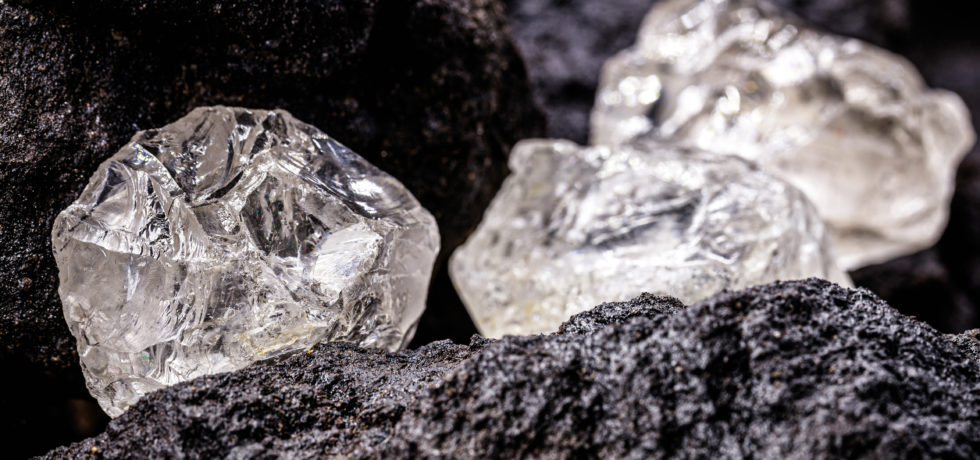Category
- Concrete Best Practices
- Most Popular
This past year, dealing with a shortage of lithium has become a very real worldwide obstacle. The cause of which has been a surge in demand for electric vehicles, which require the material for their rechargeable batteries. This has put more pressure on lithium suppliers as current operations aren’t capable of meeting the growing demand worldwide. That has made lithium harder to get a hold of. It’s also made it much more costly, raising its global average price for a metric ton from $11,561 to $61,943 within a few months.
It’s a big spike in demand and expense for lithium, which could spell trouble for those trying to mitigate alkali-silica reaction (ASR) in their concrete. After all, lithium-based admixtures are a conventional way of mitigating ASR. And without treatment, ASR could be a serious danger to concrete structures. As a reaction between aggregates made with silica and alkali compounds, it forms water-absorbing gel that can expand enough to crack the concrete and threaten its structural integrity.
Of course, the industry still doesn’t fully understand the reason for how lithium admixtures work against such a reaction. But it’s been suggested that they can mitigate ASR by reducing expansive properties, silica dissolution, repolymerization of silica and silicates, or repulsive forces between colloidal ASR gel particles.
No matter how it works, though, it’s clear that lithium is an ASR mitigation solution that will be in short supply for the foreseeable future.
It Will Likely Lead Builders to Focus on Other ASR Mitigation Methods
While many still consider lithium admixtures to be a go-to ASR mitigation solution, they aren’t the only solution out there. Over the years, building professionals have looked heavily into the many different ways they could mitigate or prevent ASR. It led to the knowledge that there are three essential elements required to create the reaction: alkali, reactive aggregates, and water. With that in mind, professionals came up with methods that could lessen or remove one or more of these elements.
That Often Means Reducing or Eliminating Alkali and Reactive Aggregates
Typically, when looking to avoid contributing to the fundamental elements of ASR, building professionals focused mainly on reducing or eliminating the alkali or reactive aggregates in a concrete mix. For instance, in the past, builders have chosen to use low-alkali cements for their concrete. Some have even partially replaced their cement with pozzolins, such as fly ash and slag. And when possible, there have been cases of avoiding the use of reactive aggregates entirely.
But the Water Component of ASR Should Not Be Ignored
The previous ASR mitigation solutions tended to ignore that water is also a key component for ASR. This is most likely due to how difficult it would be to eliminate water from concrete altogether. After all, concrete is a porous material and more than capable of absorbing nearby moisture.
But that is only if you think about regular untreated concrete. Nowadays, there are plenty of ways to treat concrete so that much less moisture can get through its surface. The most common of which can include coatings and sealants.
Depending on the quality of either, they can significantly limit how much moisture is able to enter concrete. And that will in turn highly minimize the impact of ASR.
But how exactly does either option work?
Well, if you went with a coating product such as Krystol T1®, you’d find its Krystol® technology would enable the treated concrete to chemically react to water and unhydrated cement particles. This reaction would form interlocking crystals. These would then fill up any concrete pores and micro-cracks, blocking potential pathways for water and waterborne contaminants. It’s a process that would use up any residual moisture, leaving the concrete dry, waterproof, and less likely to fuel ASR.
But if you went with a sealant such as Hydrostop™ Sealer (also known as Hydropel™ Sealer), your concrete would receive a blend of silane and siloxane compounds. These would create more of a water-repellent barrier. The concrete in this case would not be designed for protection against heavy hydrostatic pressure like it would be with Krystol T1. But it would still prevent a lot of moisture from entering your concrete in low-risk scenarios. And that would reduce the chances of ASR.
Of course, whichever coating or sealant you use, it will generally be more effective when applied to concrete that has yet to come into contact with a moisture source. If done otherwise, moisture could remain trapped in the concrete, increasing the risk of ASR.
There’s Also a Newer, More Compelling Alternative to These Solutions
To expand on the current options available to building professionals, Kryton collaborated with the University of Ottawa on a recent research study. During this study, the two organizations looked into the self-healing process of concrete and how that might be a pivotal factor against ASR.
The end results of this work proved to be quite promising. They indicated that with the help of either supplementary cementitious materials (SCMs) or self-healing crystalline waterproofing admixtures, they could modify the kinetics of ASR. This modification would delay the ASR process enough to give builders time to intervene against it and repair any damage.
For the best results, however, researchers noted that it was better to combine both SCMs and admixtures. More specifically, when the researchers used metakaolin with a crystalline admixture, nano-silica, and silica fume, they found they could produce ASR mitigation results that exceeded the results of samples with lithium nitrate.
It May Be the Key to Avoiding the Impact of Lithium Shortages on ASR Mitigation
While there is a shortage of lithium going on right now, there doesn’t have to be a shortage in ASR mitigation solutions. There are other ways of handling ASR, whether that’s with reducing or eliminating alkali, reactive aggregates, or water. And now, there’s an even newer possibility of using a self-healing crystalline admixture and SCMs for results that could surpass lithium-based admixtures, leaving building professionals with a better option that’s much more available.







